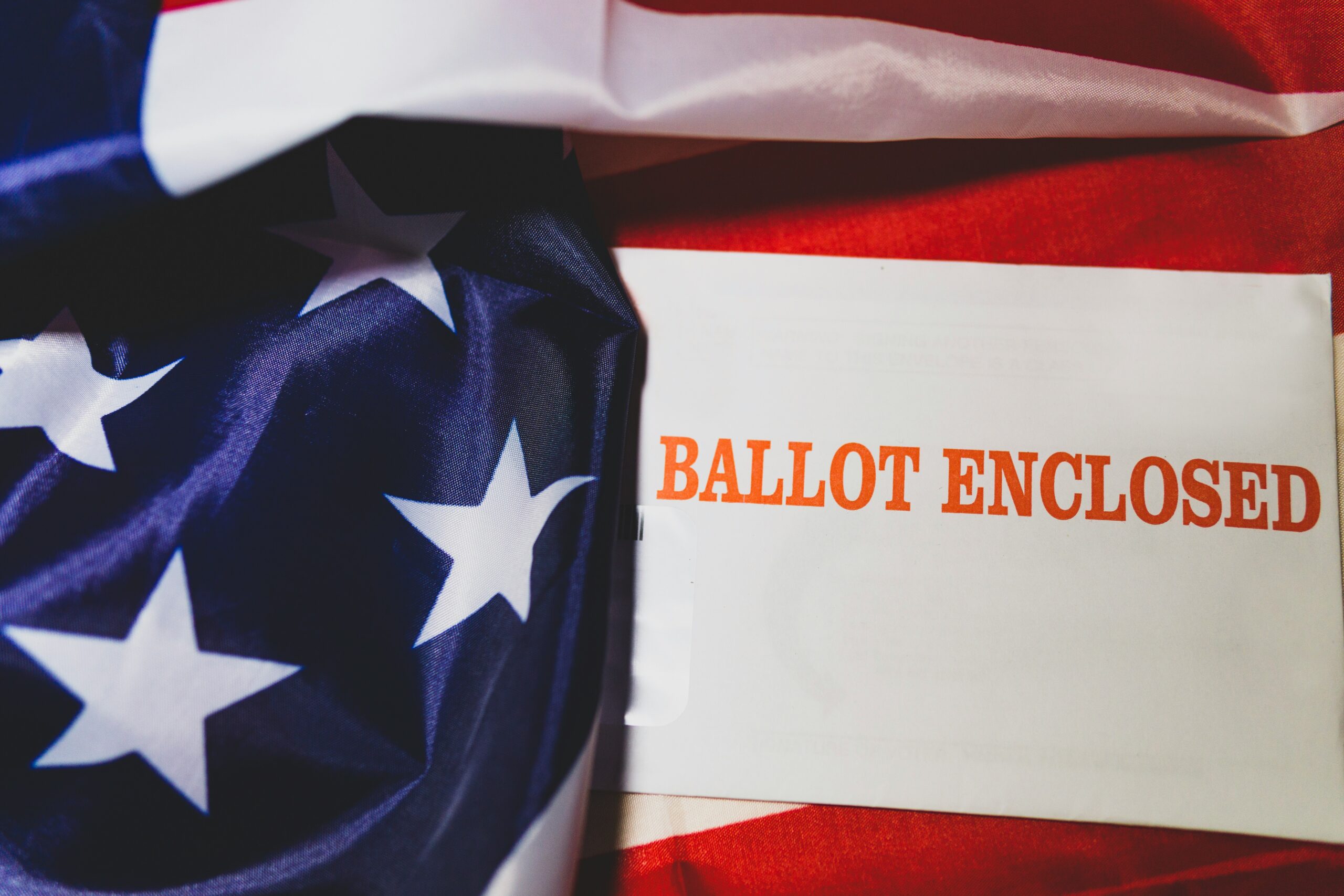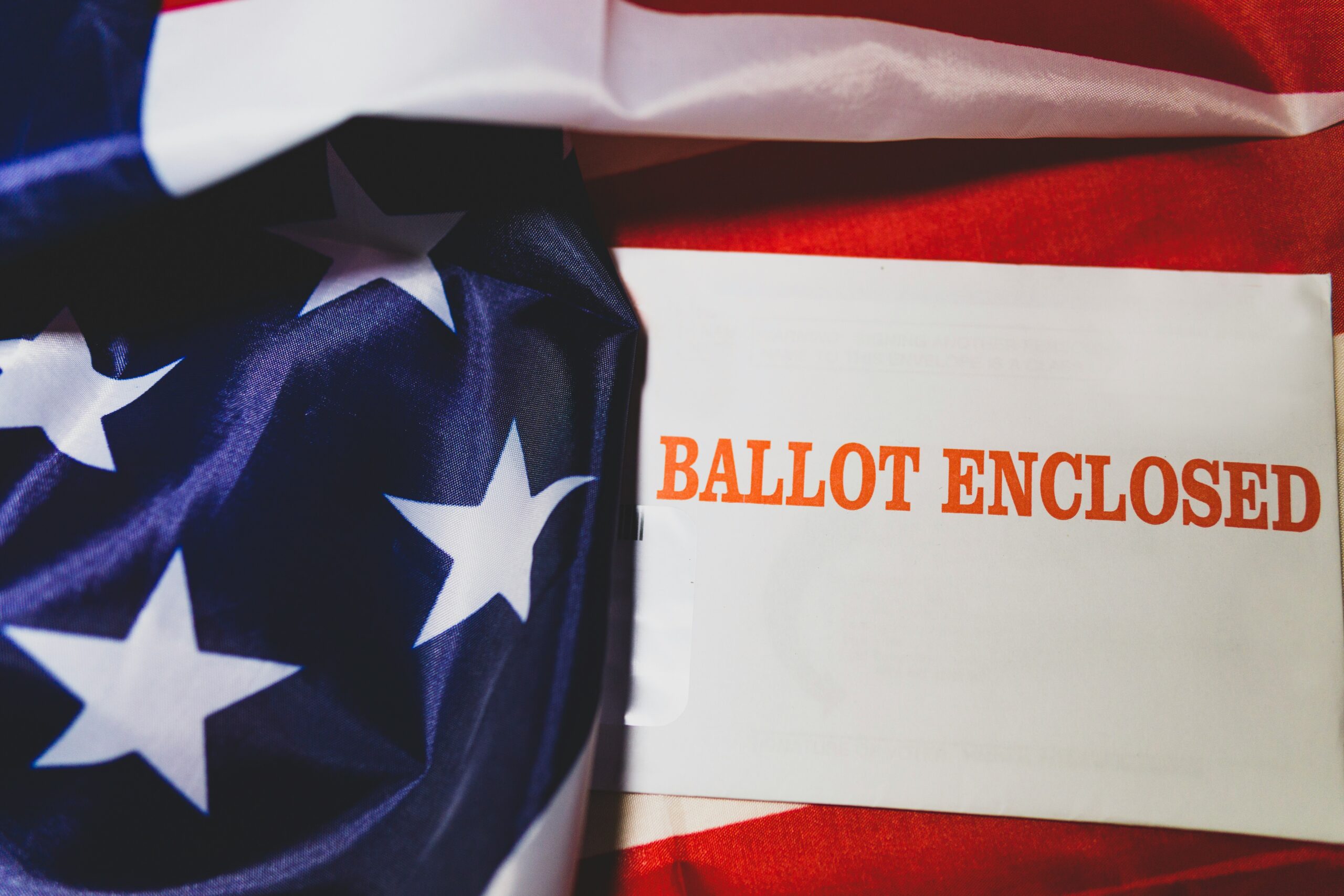
Overview of the 2024 Presidential Election
The 2024 Presidential Election marks a critical juncture in American political history, as the nation witnesses a potent face-off between former President Donald Trump and current Vice President Kamala Harris. This matchup is pivotal, not only due to the contrasting ideologies represented by these two figures but also because it emerges from a deeply polarized political landscape that has developed over the past few years. Trump, a prominent Republican, advocates for policies that reflect traditional conservative values, while Harris, representing the Democratic Party, champions progressive reforms aimed at addressing systemic issues in American society.
The lead-up to this election has been shaped by significant events and shifting voter sentiment. The socio-political climate has been fraught with challenges, including debates over healthcare, immigration, climate change, and economic disparity. As the nation grapples with these pressing issues, public opinion has evolved, presenting a diverse array of priorities among voters. This divergence in voter sentiment serves as a backdrop to the election, emphasizing the importance of understanding what voters desire from their next leader.
More information2024 Presidential Election: A Close Battle Between Trump and HarrisThis election also comes at a time when demographic shifts are notable. The growing influence of younger voters, as well as minority groups, is predicted to play a critical role in determining the outcome. Key issues, such as climate policy, criminal justice reform, and social equity, are increasingly at the forefront of political discourse, reflecting the values of a changing electorate. The anticipated voter turnout, motivated by the stakes of this contest, suggests that this election could reshape not only the political landscape but also the course of American history. As Trump and Harris prepare for their confrontation, the implications of their candidacies extend far beyond Election Day, signifying a transformational moment in American governance.
Key Issues Shaping the Election
The 2024 Presidential Election is expected to be a pivotal moment in American politics, with key issues influencing voters’ decisions around the Trump-Harris contest. As the candidates make their cases, several core areas are garnering significant attention, including healthcare, the economy, climate change, and social justice. Each of these issues carries distinct implications for various demographic groups, further complicating the electoral landscape.
Healthcare remains a critical topic, especially as Americans grapple with the lingering effects of the COVID-19 pandemic. Voters are looking for solutions that are not only effective but also accessible and affordable. Trump’s campaign is likely to emphasize market-driven approaches, while Harris may advocate for expanding public healthcare options. The stark contrast in their healthcare philosophies aims to rally respective voter bases, especially those who have been directly impacted by economic downturns related to healthcare costs.
More informationJD Vance Casts His Vote in Cincinnati: A Reflection on the 2024 ElectionThe state of the economy is another fundamental issue shaping voter sentiment. With inflation affecting everyday consumers and interest rates fluctuating, economic policies that promise stability and growth are front and center. Trump’s focus on tax cuts and deregulation appeals to conservative voters, while Harris’s emphasis on equitable economic policies seeks to attract those prioritizing social equity and opportunity.
Climate change also occupies a noteworthy space in the current discourse, especially among younger voters. Harris has consistently championed robust environmental policies aimed at combating climate issues, potentially attracting a demographic increasingly concerned with sustainability. Trump’s approach, with an emphasis on energy independence, resonates with those in industries wary of stringent regulations.
Social justice concerns are similarly significant, particularly in the wake of recent social movements. Candidates are adjusting their messaging to address systemic inequities and civil rights issues. Harris is expected to leverage her progressive agenda to engage minority voters, while Trump aims to consolidate support through law and order narratives. Overall, the strategies adopted by both candidates on these key issues will be critical in shaping the electorate’s perception and, ultimately, their voting behavior.
More informationDonald Trump Casts His Ballot in the 2024 Election: A Look at Election Day EventsLive Updates and Polls
As the 2024 Presidential Election approaches, the race between Donald Trump and Kamala Harris has become increasingly dynamic, shifting with each new polling update. The latest data suggests a fluctuating landscape in voter preferences, indicative of the high stakes involved. As of now, several key national polls reveal a competitive atmosphere, with Trump and Harris trading leads in various demographics across the electorate. For instance, a recent Gallup poll indicates that Harris has gained significant support among younger voters, while Trump remains strong in rural counties, showcasing a clear divide in voter sentiment based on geographic and age-related factors.
Furthermore, a deeper analysis into voter turnout statistics highlights a potential boost in engagement, particularly among first-time voters and those from historically underrepresented communities. Analysts posit that Harris’s policies on ticket affordability and climate change resonate well with these voters, suggesting that turnout could be a decisive factor in the upcoming election. In parallel, Trump’s message continues to attract a loyal voter base, emphasizing economic recovery and national security, which could effectively drive turnout among his supporters.
Political analysts are closely monitoring these trends as they gather insights into how various issues influence voter behavior. The discussion now includes the potential implications of voter turnout for both candidates. For Trump, maintaining his base while expanding his outreach to moderate Republicans will be vital. Conversely, for Harris, solidifying her support among youth and urban communities appears essential to address the key swing states crucial in this election cycle. As Election Day nears, the evolving data will undoubtedly shape the strategies each candidate employs to secure the presidency.
More informationTelegraphing the Future: Who Will Win the US Election? Our Experts’ Final PredictionsThe Role of Media and Misinformation
The 2024 Presidential Election is significantly shaped by the role of media, particularly in terms of how information is disseminated to the public. Traditional news outlets, social media platforms, and online forums play a crucial role in framing the narratives surrounding the candidates, namely Donald Trump and Kamala Harris. As these platforms often compete for views and engagement, the manner in which stories are reported can greatly affect public perception. Coverage can range from objective reporting to sensationalized news, which may influence how voters perceive candidates’ characters, policies, and overall electability.
Social media, in particular, has emerged as a double-edged sword in election coverage. While it provides a voice to diverse perspectives and allows for rapid information sharing, it also facilitates the rapid spread of misinformation. For instance, unverified claims about both Trump and Harris have gone viral, often outpacing fact-checking efforts. This phenomenon leads to confusion among voters who may find themselves unable to distinguish between fact and fiction. The star power of social media influencers can also skew perceptions, directing support towards one candidate while undermining the credibility of another.
In response to the pervasive issue of misinformation, numerous fact-checking organizations have gained traction, aiming to equip the electorate with verified information. These organizations scrutinize statements made by candidates and provide context, which is particularly important as false narratives can potentially sway undecided voters. The challenge remains for consumers of news to critically evaluate sources and remain aware of potential biases in reporting. As the election cycle progresses, the influence of both traditional media and social networks will continue to be a critical factor in shaping the electoral landscape and ultimately, the outcomes of voter decisions.
More informationOne Month to Election Day: Key Insights and What to Watch- Ukraine Urges Ceasefire Extension, Iran: More Meetings Set, More
- Ukraine Proposes Extending Ceasefire, Iran Cites Progress, More
- Ukraine: Putin Trying to "Play With" Lives, US-Iran Progress
- China’s First Robot Marathon Runners Trip, Emit Smoke, Fall Apart
- Putin declares 30-hour Easter ceasefire in Ukraine


